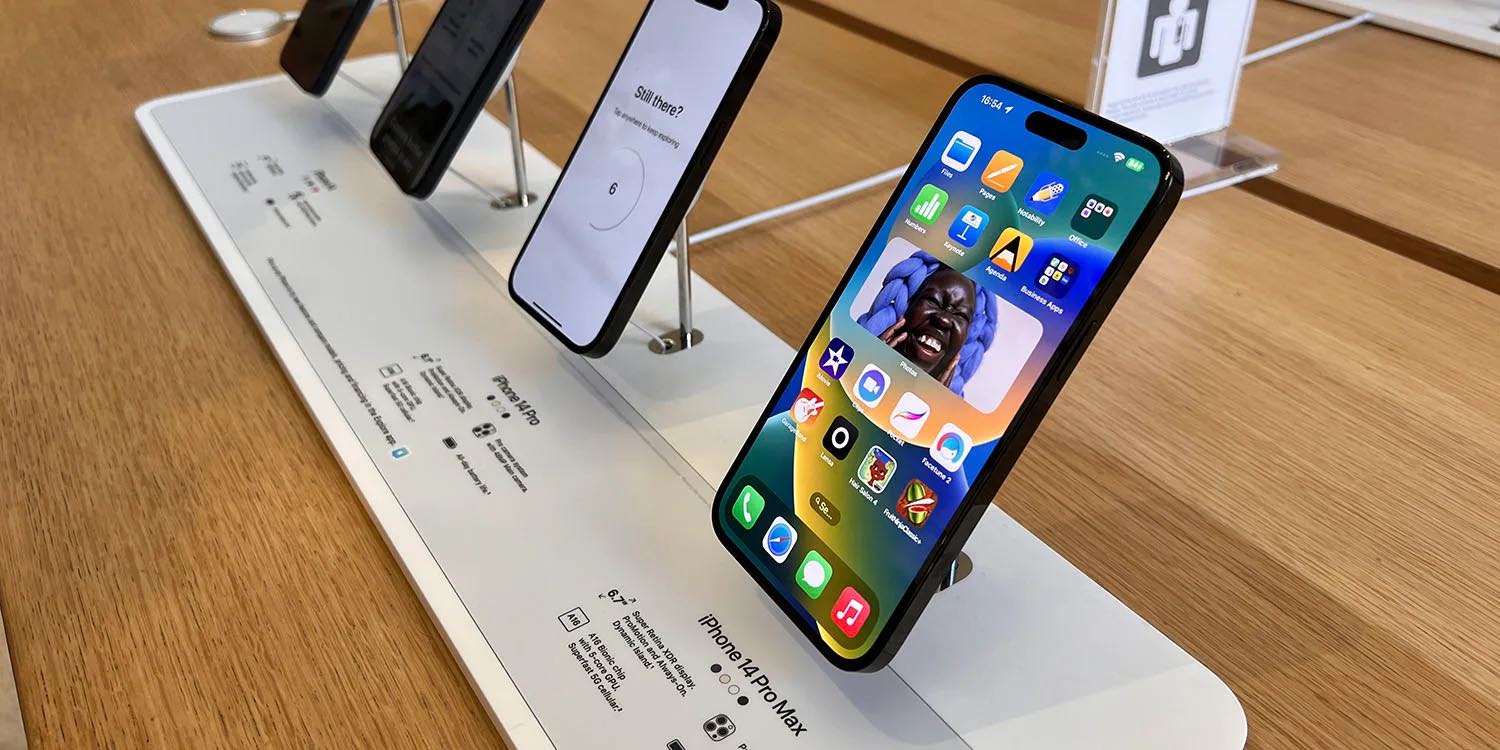
A pair of reports so far have suggested that next year could be the year that Apple is able to move its Face ID sensors underneath the iPhone’s display. This accomplishment would mean that Apple could do away with the Dynamic Island (or notch) altogether, opting for a single hole-punch cutout instead.
The question is, however, would Apple want to abandon the Dynamic Island just two years after first introducing it?
iPhones with under-display Face ID are close
Analyst Ross Young reported last spring that under-display Face ID would be ready for the iPhone in 2024 at the earliest. This was later corroborated by analyst Ming-Chi Kuo, who specifically reported that Apple is targeting the iPhone 16 Pro in 2024 for the launch of under-display Face ID.
A report out of Apple’s supply chain today continues to echo this sentiment. This supply chain report says that as Apple brings the Dynamic Island to the standard iPhone 15 models, it’s on track to move Face ID beneath the iPhone display starting with next year’s iPhone 16 Pro and iPhone 16 Pro Max.
Face ID requires a number of different components and sensors to work, including an infrared camera, flood illuminator, and dot projector. Moving all of the hardware necessary for Face ID underneath the iPhone’s display isn’t an easy task, but it’s something Apple is apparently on track to accomplish by next year.
What about the Dynamic Island?
The Dynamic Island is a software-based feature that Apple introduced this year on the iPhone 14 Pro and iPhone 14 Pro Max. The iPhone 14 Pro display has two separate cutouts, one shaped like a pill and another shaped like a hole-punch. The Dynamic Island is basically a little trick that makes these two separate cutouts appear as one cutout by blacking out the pixels between and around the cutouts.

But in addition to visually combining the two cutouts, the Dynamic Island also integrates with iOS in a number of different ways. You can interact with the Dynamic Island to manage notifications, navigation, and audio playback. The new Live Activities feature in iOS 16 also deeply integrates with the Dynamic Island.
Top comment by Tomi
Option 1 and 3 are the same. The dynamic island is currently enabled/disabled by software as needed.
The island is currently “off” until a live activity makes use of it.
What the 14 Pro has is a software mask of the space between face id and the camera.
If Apple manages to hide the face id sensors, the iPhone will have a punch hole cutout that expands and contracts (as it currently does).
If Apple successfully moves the Face ID components underneath the iPhone 16 Pro display, then it could use a single hole-punch cutout for the selfie camera and nothing else. That second pill-shaped cutout would no longer be needed, and the Dynamic Island wouldn’t need to be there to bridge the gap between the two.
This leaves us with a big question: Would Apple abandon the Dynamic Island altogether with the iPhone 16 Pro? After all, a single hole-punch cutout would certainly look sleeker than the current design, and it would increase the available screen real estate. You’d just be giving up the interactivity and functionality of the Dynamic Island itself.
In my eyes, the best solution here is a hybrid approach. When the Dynamic Island is “idle,” users only see the single hole-punch cutout. But if the Dynamic Island is “active,” Apple could use software to expand that cutout and offer the same level of interactivity that it does now.
What do you think Apple should do? Let us know in the poll below and elaborate down in the comments.
FTC: We use income earning auto affiliate links. More.




Comments